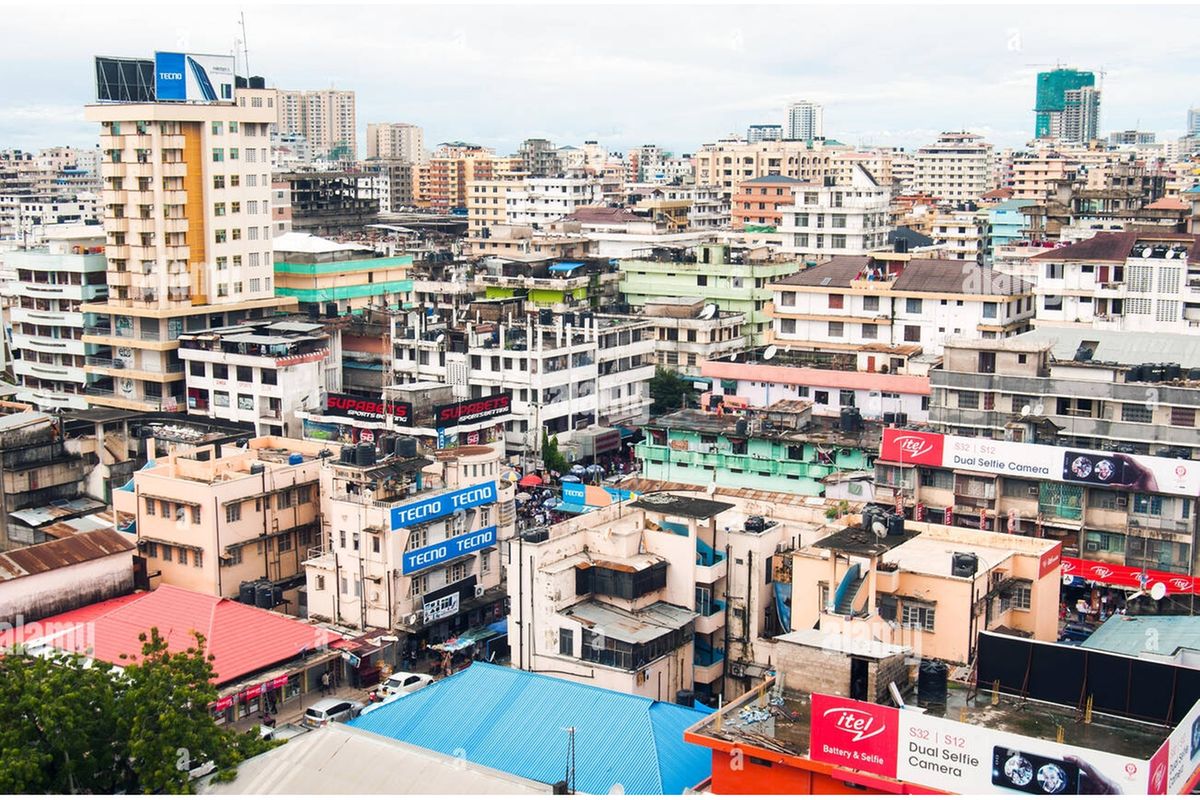
Following the collapse of the multi-story building in Kariakoo on November 16, 2024, the government, through the Office of the Prime Minister, has set up a Committee of Inquiry to unearth what went wrong. One of its starting points would be to look at reports and recommendations of earlier committees set up in similar circumstances, when some disaster had struck. This is in order to avoid making the same recommendations, which may have been made before and have not have been implemented.
From the textbooks of real estate economics, Kariakoo depicts the classical market failure. The 18th century economists, the ilk of Adam Smith, believed in the invisible hand of the market, as the most rational allocator of resources in an economy. Demand would engender supply, the two sides arbitrated by price. Higher demand would lead to higher prices, prompting supply to increase and lead to a new equilibrium.
Adam Smith & Co, while believing in government hands-off-the-economy policies, accepted limited government intervention to defend the nation from external aggressors, and to maintain internal law and order. Modern economists, especially after the debut of John Maynard Keynes (has anybody thought to anoint him as a saint?), believe in large government intervention in the market to literally manage the economy and to ensure accelerated and equitable development.
As far as real estate is concerned, it was realised a long time ago that the market in this sector has inherent failures. One, it does not take care of externalities. These are fallouts, positive and negative, that are enjoyed or suffered by those who are not party to generating that externality.
The investor in Kariakoo may not care much that his adding more storeys to his building may affect neighbours, and may overstrain the infrastructure. The profit motive encourages him to build more and more, upwards or downwards, to reap maximum returns. The costs suffered by others, or, indeed, by society in general, is not his concern and does not enter his cost schedule.
On the other hand, there are goods and services called public goods. Their key characteristics are that they are non-rival (i.e. one person’s consumption does not affect the consumption of others). Besides, public goods are non-excludable: once such a good is produced, you cannot easily exclude others from consuming it.
Such a situation creates what has come to be known as “a free rider” problem. Anybody can consume the good (or service) without paying for it. The private market will not therefore produce such goods since it cannot benefit from them; much as they may be essential for the functioning of the economy. Roads, sewers, drains, and street lights, are typical examples. It you build a road to your property; neighbours will benefit from it, in terms of higher values and access to their properties, without spending a dime. So nobody is motivated to build a road or look after it.
Since, without intervention, the market is destined to doom, the government must come to the rescue; by investing in infrastructure such as wide roads, pavements, open spaces, sewers, and others. It must also come in as a regulator: to enforce appropriate land use plans, appropriate building codes including allowed heights, floor areas, building materials, set-backs, plot ratios and so on. In Kariakoo, you find high-story buildings so close to each other that occupiers cannot open windows. Such situations were pointed out years ago.
So, where the market fails, the regulators must not fail; they have the authority. If both fail, disaster is the outcome.
So, what room has the Committee got to come up with new and practicable solutions to L’affaire Kariakooine? Should heads roll? Should there be mass demolitions? Not practicable.
Let them think of proposing a moratorium on construction in Kariakoo, for say, the next 5 years, except for essential repairs. Leases that are coming to an end should not be renewed. Buildings that are in imminent danger of collapsing should be declared unfit for occupation and demolition orders given. Space for such buildings should be converted to public open spaces.
Let Kariakoo be declared a Special Redevelopment Area, and its management be given to a Task Force, headed by a seasoned army officer, with a team of other military officers to ensure law and order in the area, including a ban on clogging streets with merchandise.
Minimally disruptive demolition and rehabilitation activities could be undertaken, but all the time, maintaining the vibrancy of Kariakoo as a commercial area and revenue generator.
In some cases, countries use disasters to re-plan and redevelop their congested areas. No. We cannot wait for an earthquake, a typhoon or fire to render Kariakoo to redevelopment. The market can fail. The regulators should not fail!














